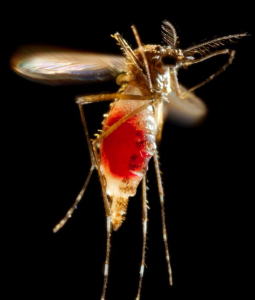The dengue fever epidemic in Malaysia continues chugging along as 292 cases of the mosquito borne virus were reported on July 18, including 125 cases reported in Selangor alone, according to the Malaysian Health Ministry.

In 2014 to date, more than 48,000 dengue cases have been reported, a nearly 250 per cent increase in cases compared to the same period last year. Malaysia reported nearly 40,000 dengue fever cases in all of 2013.
92 people have died from dengue in Malaysia so far this year.
The Malaysian government set up a dengue fever task force in June to battle the 2,000 cases a week epidemic. The task force hopes to clear up dengue hotspots within two months.
Channel News Asia reports dengue cases are increasing in cities, and now local health authorities fear that dengue will spread even further across the country, as Malaysian Muslims travel back to their hometowns for the end of Ramadan.
Dengue fever is an infectious disease carried by mosquitoes and caused by any of four related dengue viruses. This disease used to be called “break-bone fever” because it sometimes causes severe joint and muscle pain that feels like bones are breaking.
People get the dengue virus from the bite of an infected Aedes mosquito. It is not contagious from person to person. For more infectious disease news and information, visit and “like” the Infectious Disease News Facebook page
There are three types of dengue fever in order of less severe to most: the typical uncomplicated dengue fever, dengue hemorrhagic fever (DHS) and dengue shock syndrome (DSS). Looking for a job in health care? Check here to see what’s available
The World Health Organization (WHO) estimates there may be 50–100 milliondengue infections worldwide every year. However, new research from the University of Oxford and theWellcome Trust, using cartographic approaches, estimate there to be 390 million dengue infections per year worldwide.

